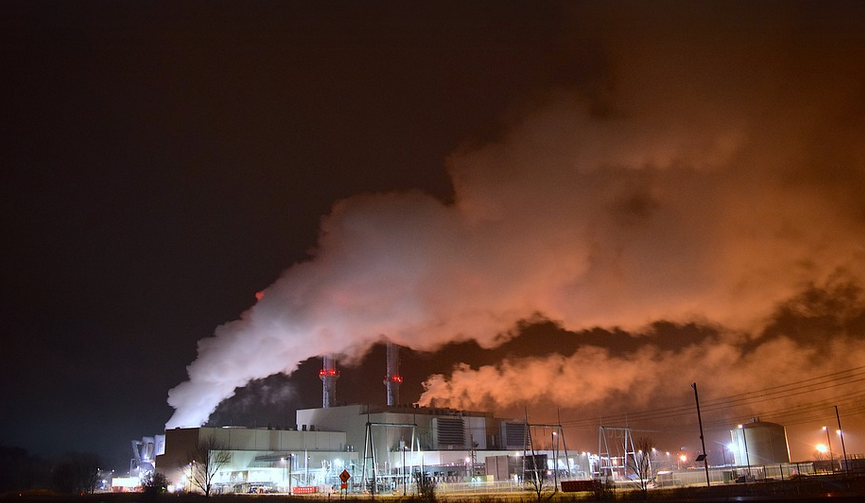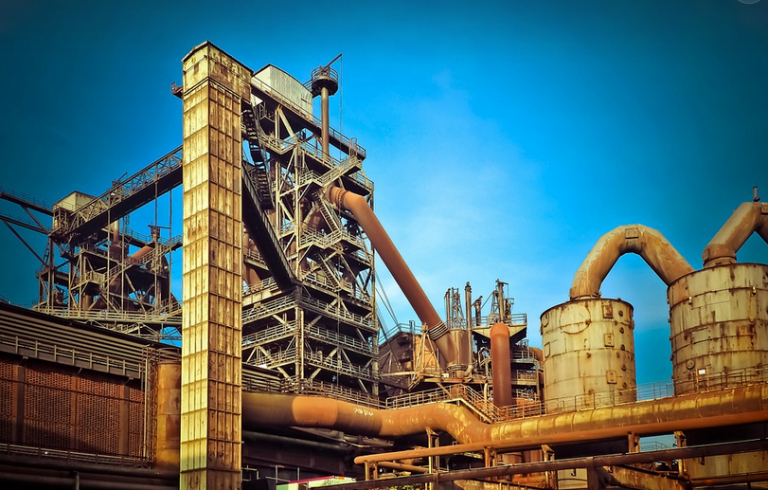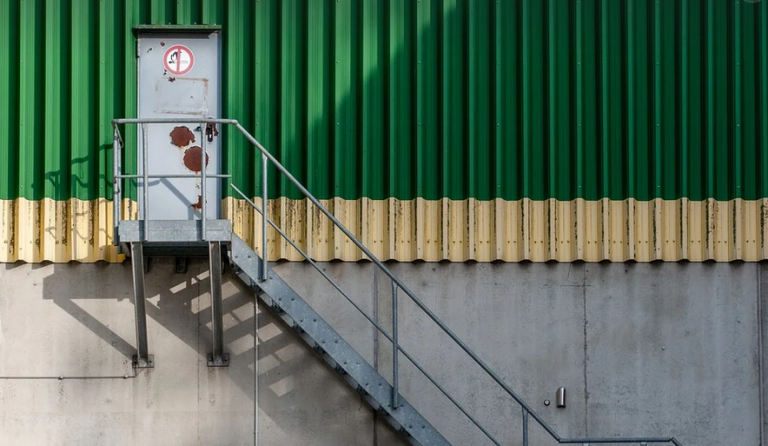
Mastering the Basics
Oxy-acetylene welding, also known as oxyfuel welding, is a powerful method for joining metals at high temperatures. It involves using oxygen and acetylene gas to create a heat source that melts the metal, allowing it to fuse together. This process has been used for centuries and remains a cornerstone in industries like construction, fabrication, and repair.
But before you get your hands on those torches, it’s crucial to understand the role of a regulator in this process. Think of it as a safety net that keeps your flames under control, ensuring smooth welding sessions without any nasty surprises.
A typical oxy-acetylene welding regulator is often seen as an unsung hero of the welding world, diligently working behind the scenes to ensure safe and efficient operation. This seemingly simple device plays a vital role in maintaining the right gas flow for optimal welding results.
The name “regulator” itself reveals its primary function: controlling pressure. This might seem basic, but it’s essential in the context of oxy-acetylene welding because these gases are highly reactive and potent at high pressures. Without proper regulation and control, things can get out of hand quickly.
Imagine yourself trying to build a sturdy fence with an exploding gas torch; not exactly what you’d call “peaceful construction” now, is it?
So, how does the regulator work its magic? Let’s explore some key features that contribute to its ability to ensure smooth welding.
Key Components of a Welding Regulator
Let’s dive deeper into the inner workings of this essential piece of equipment:
**1. The Pressure Gauge:** Just like a speedometer for your car, this gauge constantly displays the pressure within the regulator. It lets you know when to adjust and ensures that you’re operating at the right gas flow. This is a crucial safety feature as it allows you to identify potential problems before they turn into dangerous situations.
**2. The Pressure Control Valve:** This seemingly simple valve acts as your main control knob for the regulator. Think of it like adjusting the volume on your radio, but in this case, it controls the flow of both oxygen and acetylene at precise levels. A well-tuned pressure control valve ensures you have just the right amount of gas to work with.
**3. The Pressure Relief Valve:** Safety is paramount when working with powerful gases like oxygen and acetylene. This secondary valve acts as a backup, releasing excess pressure in case of a surge or other unexpected event. It prevents sudden spikes that could accidentally blow hoses or even injure people.
**4. The Safety Shut-Off Valve:** In an emergency, this valve can cut off the gas flow completely to prevent any potential injuries. This safety measure is crucial in case of a malfunction or power outage and ensures you’re never left hanging with potentially hazardous situations.
**5. The Flow Control Valve:** This valve specifically controls the flow rate of the gas mixture. Depending on your welding needs, this valve allows you to fine-tune the amount of oxygen and acetylene that reaches your torch. It ensures a smooth welding process by delivering precisely balanced gases for optimal results.
These components work together seamlessly, ensuring you have the right amount of gas at the right time to keep your welding flame under control and your projects on track
**Choosing the Right Regulator: A Matter of Precision**
Don’t underestimate the importance of selecting the right regulator. You wouldn’t pick a screwdriver for a car engine repair, would you? Similarly, not all regulators are created equal.
**Here are some factors to consider when choosing a welding regulator:**
– **Gas Compatibility:** Make sure your regulator is compatible with the type of gases you’ll be using (oxygen and acetylene), as different pressure requirements for each gas.
– **Pressure Range:** You should choose a regulator that offers the right range of pressures to match your welding needs. Consider how much pressure and flow rates are needed for different applications.
– **Durability and Reliability:** Invest in a regulator from a reputable brand known for its quality in terms of construction, materials, and overall reliability. Look for options with robust components that can withstand the rigors of daily use.
– **Ease of Use and Maintenance:** A good regulator should be user-friendly, allowing you to adjust settings easily and maintain it with minimal effort.
By choosing a well-built and reliable regulator, you’re investing in your safety and productivity on the welding front.
Safety First: The Importance of Proper Use
Using an oxy-acetylene regulator correctly is not just about finding the right settings; it’s also about understanding and respecting its limitations. It’s a crucial part of making safe, successful welds.
**Here are some essential safety practices to follow when using your oxy-acetylene regulator:**
– **Always wear appropriate personal protective equipment (PPE):** This includes welding goggles, gloves, and long sleeves to protect yourself from burns, sparks, and fumes. Remember that you’ll be working with a flame, so safety gear is non-negotiable.
– **Familiarize yourself with the regulator before use:** Take time to understand how your specific regulator works. Know its features, pressure range, and flow control settings. This will ensure you can adjust it smoothly for different welding applications.
– **Check the hoses, regulators, and torch connections regularly:** Inspect all components for any leaks or damage before use. Proper maintenance prevents future problems and ensures a safe welding session.
– **Always store your regulator properly:** Keep it in a safe place where it won’t be damaged by water, extreme temperatures, or other hazards.
– **Never work on a regulator while gas is flowing:** This step prevents accidental injuries and ensures the safety of everyone involved.
**Proper welding is about more than just wielding a torch; it’s also about respecting the equipment you use.** Taking the time to understand your regulator will help you achieve the best welding results, ensuring both your projects and your safety are top-notch.
Oxy-acetylene welding regulators are essential tools for safe and efficient work. By mastering these basics of your regulator’s functionality and practicing proper use, you can unlock their full potential and embark on a journey of successful metalwork.



